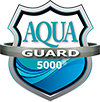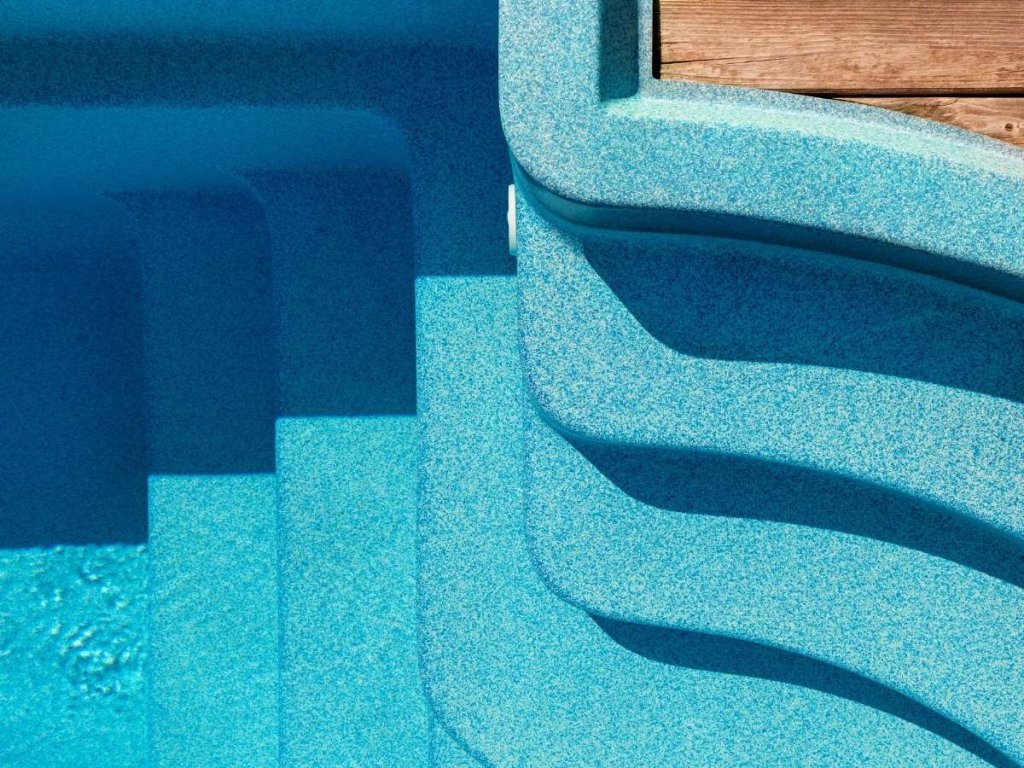Swimming pools are not only a source of joy and refreshment but also a place where safety should never be compromised. One crucial aspect of pool safety is maintaining the slip resistance of the pool surfaces. Slip-resistant coatings such as AquaGuard 5000 play a vital role in ensuring that the enjoyment of your pool is not overshadowed by avoidable accidents. This blog will guide you through the best practices for maintaining slip-resistant pool surfaces, focusing on routine maintenance, effective cleaning techniques, and periodic inspections.
Understanding Slip-Resistant Pool Surfaces
The Importance of Non-Slip Coatings
Slip-resistant coatings for pool surfaces are essential to prevent accidents and enhance safety. Products like non-slip concrete paint and anti-slip concrete paint not only preserve the aesthetic appeal of your pool but also provide a crucial safety feature by reducing the risk of slips and falls. These coatings are specially formulated with materials like concrete grip paint and the best anti-slip paint for concrete, which add texture and traction even when wet.
Choosing the Right Products
For new pool installations or refurbishing an existing one, selecting the right products is key. Options such as the best exterior concrete paint and concrete non slip paint offer durability against the harsh pool chemicals and weather conditions. Products like AquaGuard 5000 are renowned for their robust slip-resistance and long-lasting protection, making them a top choice for pool owners focused on safety and quality.
Routine Maintenance of Slip-Resistant Pool Surfaces
Daily and Weekly Care
Maintaining the slip-resistance of your pool involves regular cleaning and maintenance. Daily tasks should include removing debris and cleaning spills promptly to prevent the build-up of algae and moss, which can compromise the non-slip quality of the surface. Weekly, it’s beneficial to sweep or hose down the deck to remove dirt and residues that normal activity may leave behind.
Monthly Checks and Seasonal Adjustments
Inspect your pool surfaces monthly for signs of wear or damage. Look for areas where the slip-resistant coating might be thinning and might require a touch-up with products like concrete paint-non-slip or outdoor concrete paint. Seasonal changes can also affect pool surfaces; for instance, winter weather may require additional non-slip measures or more frequent inspections to address issues from increased moisture or debris.
Cleaning Techniques for Non-Slip Pool Surfaces
Effective cleaning techniques are essential to maintain the aesthetic and functional integrity of your pool’s slip-resistant surface. Use cleaners recommended for use with products like Aquaguard5000, which are formulated to work without damaging the coating. Avoid abrasive tools or harsh chemicals that might degrade the non-slip properties of the surface.
Best Practices for Aquaguard5000 Coated Surfaces
For surfaces treated with Aquaguard5000, follow specific cleaning guidelines to ensure the longevity of the coating:
- Regularly clean with mild soap and water to remove grime and chemical build-up.
- Avoid acidic or highly alkaline cleaners, as they can damage the surface.
- Use a soft-bristled brush for cleaning; stiff brushes can wear down the slip-resistant texture.
Periodic Inspections and Professional Upkeep
When to Inspect
Conduct thorough inspections of your pool surfaces bi-annually to identify any potential issues that might require professional attention. Look for cracks, uneven areas, or peeling of the non-slip coating. Early detection can prevent larger issues and maintain the safety and beauty of your pool.
Professional Maintenance
Although routine DIY care is crucial, professional maintenance ensures that your pool’s non-slip surfaces remain in optimal condition. Professionals can apply sealants and re-coat areas with non-slip paint for concrete or non-slip concrete coating, ensuring comprehensive coverage and protection.
Frequently Asked Questions About Maintaining Slip-Resistant Pool Surfaces
1. What is the best way to maintain the slip resistance of my pool deck?
Regular cleaning with appropriate products and periodic reapplication of slip-resistant coatings from Aquaguard5000 will keep your pool deck safe and slip-resistant.
2. How often should I inspect my slip-resistant pool surface?
Inspect your pool surface thoroughly every six months, especially if it’s frequently used or exposed to harsh weather conditions.
3. Can I use regular household cleaners on my slip-resistant surface?
It’s best to use cleaners specifically recommended for non-slip pool surfaces to avoid damaging the integrity and effectiveness of the slip-resistant coating.
Pool Accidents No More!
Maintaining the slip resistance of your pool surfaces ensures safety and extends the life of your investment. With routine maintenance, proper cleaning techniques, and periodic professional inspections, your pool will remain a safe and enjoyable place for everyone.
For top-quality slip-resistant pool coatings from Aquaguard5000’s selection and expert advice on maintaining your pool, visit our website today. Ensure your pool remains a safe and beautiful centerpiece of your outdoor space year-round.








